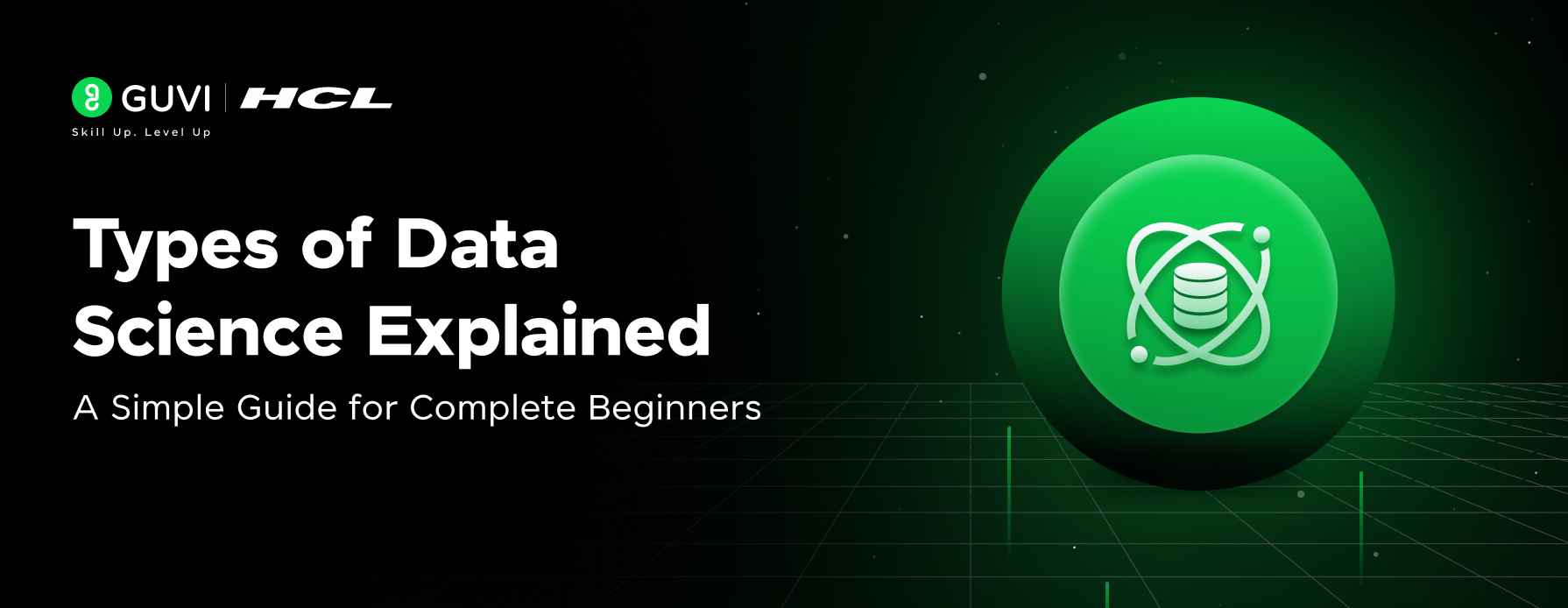
Types of Data Science Explained: A Simple Guide for Complete Beginners [2025]
Oct 09, 2025 5 Min Read 2288 Views
(Last Updated)
Data science has revolutionized how organizations make decisions in 2025, and if you’re a newbie in tech and still haven’t considered being a data scientist even once, are you even a techie? Well, puns apart, understanding data science begins from its very fundamentals, I.,e the types of data science, and that’s what we’re here for!
In this beginner-friendly guide, you’ll discover the fundamental types of data science explained in simple terms. Here we will break down each discipline into digestible sections to help you understand the exciting world of data science with ease. Let’s begin.
Table of contents
- What is Data Science?
- What are the types of Data Science?
- 1) Descriptive Analytics: What happened?
- 2) Diagnostic Analytics: Why did it happen?
- 3) Predictive Analytics: What might happen next?
- 4) Prescriptive Analytics: What should we do about it?
- Key Branches of Data Science
- 1) Machine Learning and Artificial Intelligence
- 2) Big Data Analytics and Data Engineering
- 3) Natural Language Processing, Deep Learning, and Computer Vision
- NLP: Making sense of human language
- Deep Learning: Working with unstructured data
- Computer Vision: Teaching machines to see
- How You Can Start Learning the Types of Data Science as a Beginner: Step-by-Step
- Step 1: Start with basic analytics
- Step 2: Learn Python or R
- Step 3: Use free datasets to practice
- Step 4: Follow beginner-friendly tutorials
- Concluding Thoughts…
- FAQs
- Q1. What are the main types of data analytics in data science?
- Q2. How can beginners start learning data science?
- Q3. What is the difference between AI and machine learning?
- Q4. What role does data engineering play in data science?
- Q5. How does natural language processing (NLP) work in data science?
What is Data Science?
At its core, data science is an interdisciplinary field that applies scientific methods to extract knowledge and insights from data. Unlike what many beginners might think, it’s not just about crunching numbers – it’s about answering questions and solving real-world problems using data.
![Types of Data Science Explained: A Simple Guide for Complete Beginners [2025] 1 What is Data Science](https://www.guvi.in/blog/wp-content/uploads/2025/06/What-is-Data-Science_-1200x630.png)
The foundation of data science involves:
- Collecting and preparing data from various sources
- Analyzing patterns and relationships within the data
- Building models to predict future outcomes
- Visualizing findings in understandable ways
- Using insights to drive decision-making
In practical terms, data science enables you to answer questions like what happened in the past, why it happened, what might happen next, and what actions should be taken. For instance, when an e-commerce company analyzes customer purchase patterns, it uses data science to improve its services and predict future trends.
What are the types of Data Science?
The types of data science are descriptive, diagnostic, predictive, and prescriptive analytics—each serving to understand, explain, forecast, or optimize outcomes. It also spans roles like data analyst, data engineer, and ML expert, applied across domains like healthcare, finance, and retail. Let’s learn about them in detail:
![Types of Data Science Explained: A Simple Guide for Complete Beginners [2025] 2 What are the types of Data Science](https://www.guvi.in/blog/wp-content/uploads/2025/06/What-are-the-types-of-Data-Science_-1200x630.png)
1) Descriptive Analytics: What happened?
Descriptive analytics serves as the foundation for all data analysis, summarizing historical data to reveal patterns and trends. This simplest form of analytics answers the fundamental question: “What happened?” For instance, if you analyze your company’s sales data and discover a seasonal surge in one product, descriptive analytics tells you exactly when this increase occurred.
Key techniques in descriptive analytics include:
- Data aggregation – gathering and summarizing information
- Data mining – exploring data to uncover patterns
- Data visualization – presenting findings through charts and graphs
2) Diagnostic Analytics: Why did it happen?
After understanding what happened, diagnostic analytics takes you a step further by answering “Why did this happen?”. This type delves deeper to uncover root causes behind trends and anomalies already identified through descriptive analytics.
Diagnostic analytics employs several techniques, including:
- Drill-down analysis – focusing on specific facets of data
- Data discovery – identifying relevant data sources
- Correlation analysis – finding relationships between variables
For example, if your video game console sales spike during October-December, diagnostic analytics might reveal this happens because parents purchase them as holiday gifts for children.
3) Predictive Analytics: What might happen next?
Predictive analytics uses historical data, statistical modeling, data mining techniques, and machine learning to forecast future outcomes. This approach helps you anticipate trends and make informed decisions about what might happen next.
Common predictive modeling techniques include decision trees, regression models, neural networks, and time series analysis. These models determine relationships and patterns in data to conclude how changes in underlying processes might affect results.
Benefits include improved profit margins, optimized marketing campaigns, and reduced risk through early anomaly detection.
4) Prescriptive Analytics: What should we do about it?
Prescriptive analytics represents the most advanced form of data analysis. Beyond just predicting future outcomes, it recommends specific actions to achieve desired results or prevent undesirable ones.
Essentially, prescriptive analytics adds a recommendation layer on top of predictive analytics. It focuses on answering “What should we do to achieve the best possible outcome?” and “How can we mitigate risks or capitalize on opportunities?”
Machine-learning algorithms often parse through large amounts of data to provide data-informed recommendations based on specific combinations of requirements. However, it’s important to remember that while algorithms can provide recommendations, they can’t replace human judgment.
Key Branches of Data Science
1) Machine Learning and Artificial Intelligence
Machine learning (ML) and artificial intelligence (AI) represent revolutionary types of data science that are changing how organizations extract value from their data. These technologies enable computers to mimic aspects of human intelligence, particularly our ability to learn and adapt through experience.
How machines learn from data
At its foundation, machine learning provides systems with the ability to automatically learn and improve from experience without explicit programming. The learning process involves:
- Training on data: Machines analyze patterns in historical information to build predictive models
- Testing and validation: Models are evaluated on new data to measure accuracy
- Continuous improvement: Systems refine their predictions as more data becomes available
ML algorithms generally fall into three main categories. Supervised learning uses labeled examples to make predictions about new data. Unsupervised learning finds patterns in unlabeled data without predetermined outcomes. Reinforcement learning trains through feedback, adapting decision-making strategies based on results.
AI vs Machine Learning: What’s the difference?
Though often used interchangeably, AI and ML have distinct meanings. Artificial intelligence refers to the broader concept of creating computer systems capable of performing tasks that typically require human intelligence. Meanwhile, machine learning is a specific subset of AI that uses algorithms trained on data to produce models that can perform complex tasks..
2) Big Data Analytics and Data Engineering
Big data represents another crucial dimension in the types of data science disciplines that organizations increasingly rely on. Let’s discuss them:
Big Data Analytics
Big data analytics describes the process of uncovering trends, patterns, and correlations in large amounts of raw data to help make data-informed decisions.
Once collected from diverse sources like IoT sensors, social media, and transaction systems, data undergoes several key stages:
First, data collection gathers information from multiple sources. Subsequently, this data must be stored in appropriate systems—data warehouses for structured data or data lakes for raw, unstructured information.
Next comes processing, which can occur through batch processing (analyzing large data blocks over time) or stream processing (examining small batches for quicker decision-making).
Role of data engineering in data science
Data engineering serves as the foundation that enables data scientists to perform advanced analytics. Data engineers design and build systems for collecting, storing, and analyzing data at scale.
Specifically, they create data pipelines that transform raw information into usable formats for analysis. Their responsibilities include developing algorithms, building database architectures, and ensuring data quality and security.
3) Natural Language Processing, Deep Learning, and Computer Vision
Advanced types of data science focus on enabling machines to understand unstructured information—the kind that doesn’t fit neatly into spreadsheets or databases. Let’s understand all three:
NLP: Making sense of human language
Natural Language Processing (NLP) helps computers understand, interpret, and respond to human language in meaningful ways. This data science discipline combines computational linguistics with machine learning to analyze text and speech data.
At its core, NLP involves several techniques such as tokenization (breaking text into smaller pieces), named entity recognition (identifying names of people and places), and word embeddings (representing words as vectors for machine learning models).
Deep Learning: Working with unstructured data
Deep learning mimics the interconnected neurons of our brain to process complex, unstructured information. Unlike traditional algorithms, deep learning models automatically discover patterns from raw data without manual feature engineering.
Deep learning excels at tasks including image recognition, speech recognition, and natural language processing. These models use multiple layers of neural networks to learn hierarchical representations of data, consequently enabling them to handle the complexity of unstructured information.
Computer Vision: Teaching machines to see
Computer vision enables machines to interpret and make decisions based on visual data. Similar to how humans process what they see, computer vision systems analyze images and videos to recognize objects, track movements, and understand scenes.
Computer vision relies on deep learning algorithms, particularly Convolutional Neural Networks (CNNs), which analyze and understand images by recognizing shapes, colors, and objects. These systems break images down to the pixel level and compare patterns against vast training datasets.
How You Can Start Learning the Types of Data Science as a Beginner: Step-by-Step
Getting started with the various types of data science doesn’t have to be overwhelming. Initially, beginners should focus on building foundational skills before tackling advanced topics like deep learning or computer vision.
![Types of Data Science Explained: A Simple Guide for Complete Beginners [2025] 3 How to Learn Types of Data Science as a Beginner](https://www.guvi.in/blog/wp-content/uploads/2025/06/How-to-Learn-Types-of-Data-Science-as-a-Beginner-1200x630.png)
Step 1: Start with basic analytics
Begin your data science journey by understanding fundamental analytics concepts. Data analysis serves as the cornerstone of more advanced data science disciplines.
Before diving into complex algorithms, master basic statistical methods and exploratory data analysis techniques. This foundation will help you interpret data patterns effectively, making your transition to sophisticated methods smoother.
Step 2: Learn Python or R
Choosing the right programming language is crucial when exploring different types of data science. Both Python and R stand out as excellent options for beginners with no previous coding experience.
Python offers versatility across data science applications with popular libraries like Pandas, NumPy, Matplotlib, and Scikit-learn. Alternatively, R excels in statistical analysis and data visualization with tools like ggplot2. Many professionals recommend starting with Python due to its simpler syntax and broader applications beyond data science.
Related Reads: Guide on R for Data Science
Step 3: Use free datasets to practice
Practical experience trumps theoretical knowledge when learning data science types. Fortunately, numerous platforms offer free datasets for beginners:
- Kaggle hosts thousands of datasets and competitions ideal for practice
- Google Dataset Search helps find relevant datasets using simple keyword searches
- Data.world allows you to analyze datasets directly on their platform
- World Bank provides economic and development data with visualization tools
These resources let you apply your analytical skills to real-world scenarios across various domains.
Step 4: Follow beginner-friendly tutorials
Structured learning paths can significantly accelerate your understanding of data science disciplines. Consider these beginner-friendly options:
- HCL GUVI’s Data Science Course offers an industry-aligned curriculum with hands-on projects and mentorship from experts. It’s ideal for beginners aiming for full-stack data science roles with placement support.
- Harvard’s Introduction to Data Science course covers Python fundamentals and basic concepts around ML and AI
- Coursera offers specialized tracks for both Python and SQL basics for data science
Remember that consistency matters more than speed. Focus on building practical skills through regular practice with real datasets rather than rushing through theoretical concepts.
Concluding Thoughts…
As we conclude, I would like to highlight that data science continues to evolve at a remarkable pace across all disciplines discussed throughout this guide. From descriptive analytics that explain what happened to prescriptive analytics that recommend specific actions, each type serves a unique purpose in the data-driven decision-making process.
The career landscape for data science professionals in India looks particularly promising. Entry-level data scientists earn approximately ₹500,000 to ₹700,000 annually, while experienced professionals command salaries between ₹1,200,000 and ₹2,000,000 per year. Specialists in niche areas like deep learning or NLP often earn even more.
So begin your learning journey asap, and HCL GUVI will be right here to guide you every step of the way. You can reach out to me through the comments section as well. Good Luck!
FAQs
Q1. What are the main types of data analytics in data science?
There are four main types of data analytics: descriptive (what happened), diagnostic (why it happened), predictive (what might happen next), and prescriptive (what should we do about it). Each type provides different insights and helps organizations make data-driven decisions.
Q2. How can beginners start learning data science?
Beginners can start by learning basic analytics concepts, mastering a programming language like Python or R, practicing with free datasets, and following beginner-friendly tutorials. Consistency in learning and applying skills to real-world data is key to progress.
Q3. What is the difference between AI and machine learning?
Artificial Intelligence (AI) is the broader concept of creating computer systems capable of performing tasks that typically require human intelligence. Machine learning is a subset of AI that focuses on algorithms that learn from data to produce models that can perform complex tasks.
Q4. What role does data engineering play in data science?
Data engineering serves as the foundation for data science by designing and building systems for collecting, storing, and analyzing data at scale. Data engineers create data pipelines, develop algorithms, build database architectures, and ensure data quality and security.
Q5. How does natural language processing (NLP) work in data science?
Natural Language Processing helps computers understand, interpret, and respond to human language. It combines computational linguistics with machine learning to analyze text and speech data, enabling applications like chatbots, sentiment analysis, language translation, and text classification.
















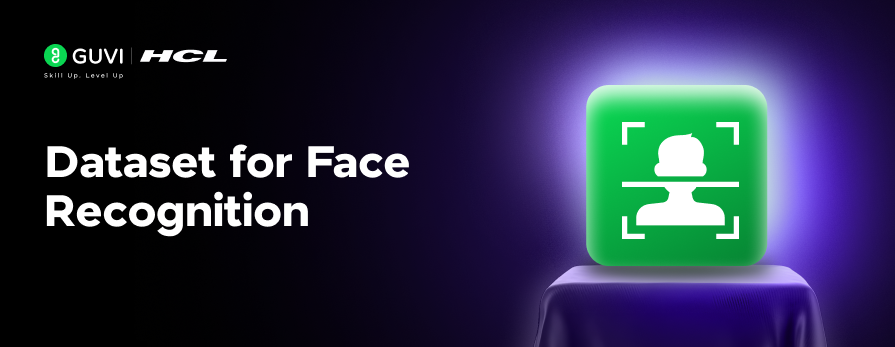
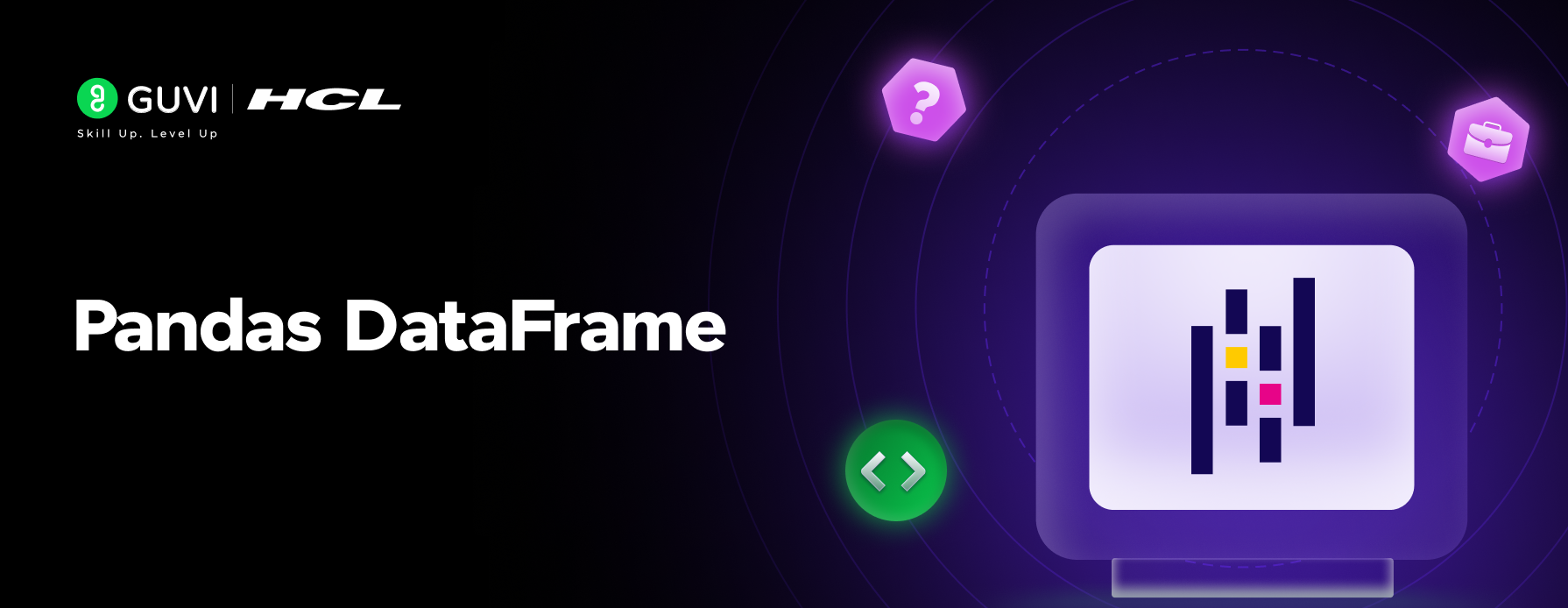
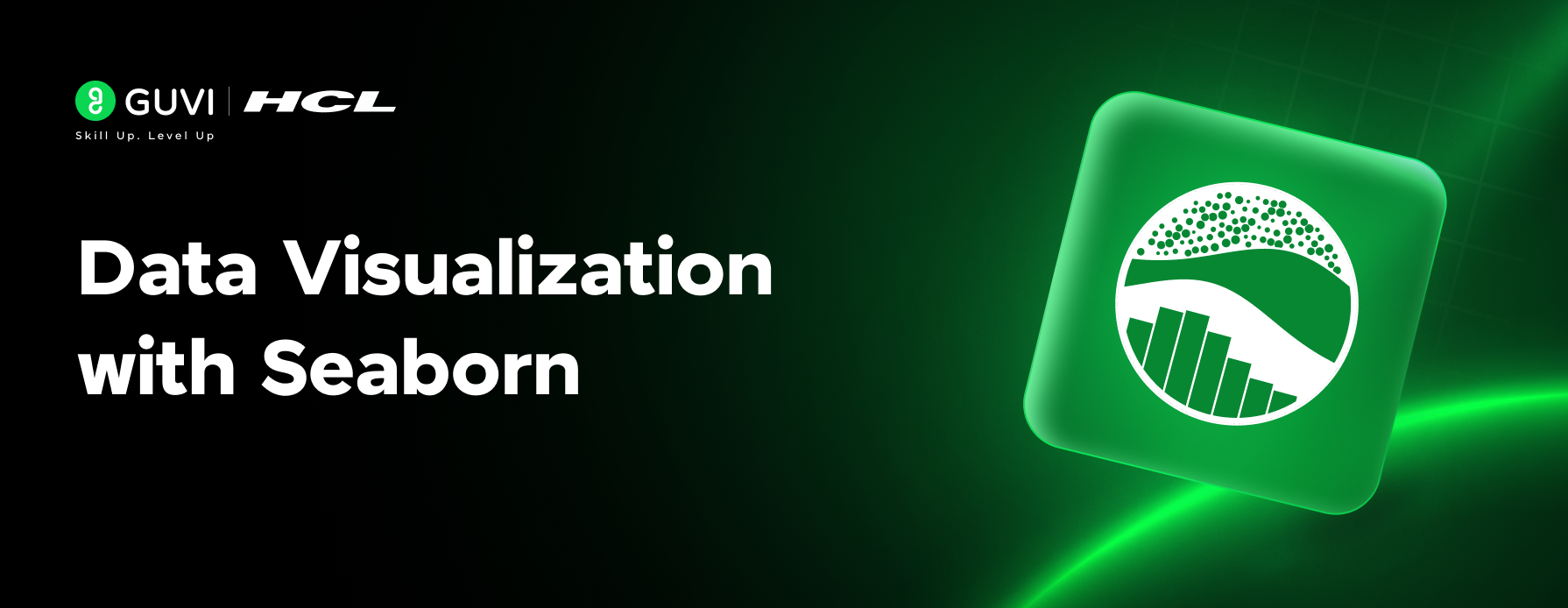
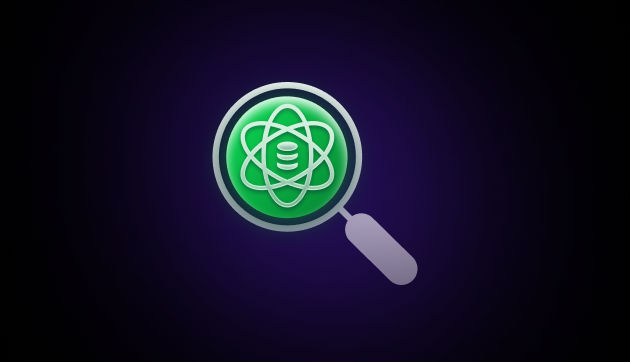
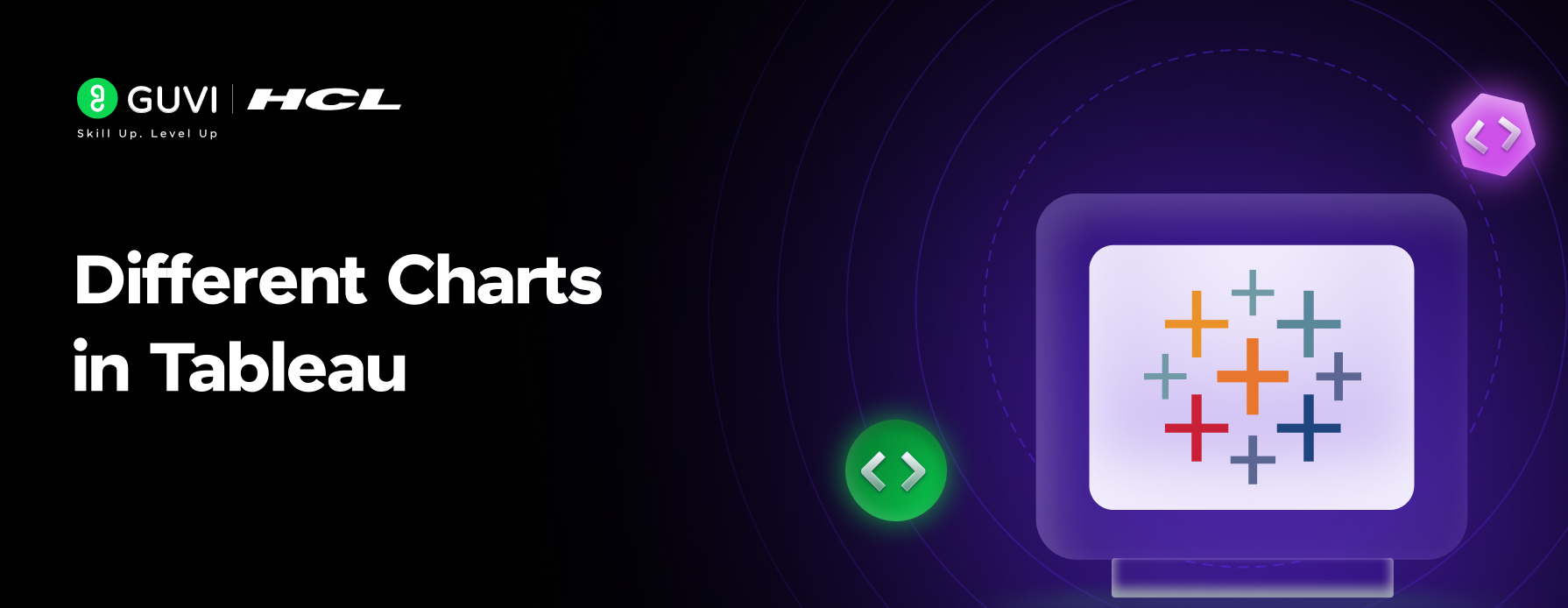
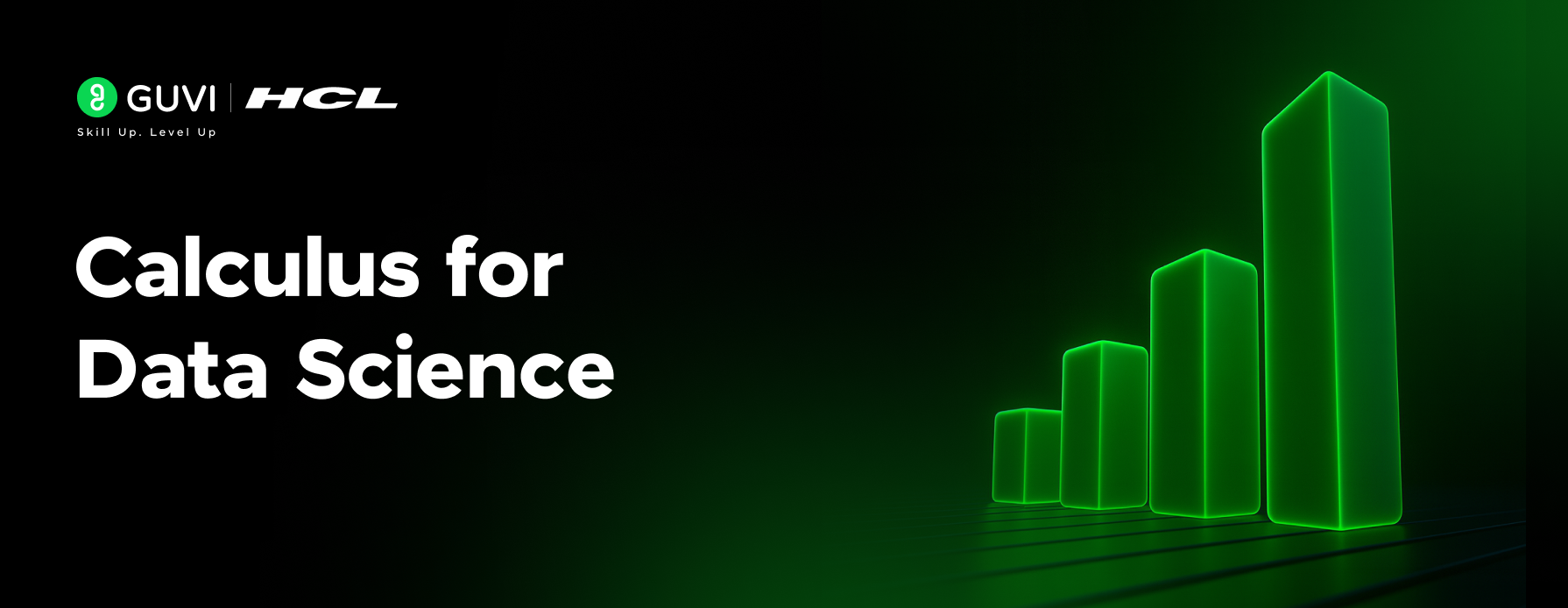
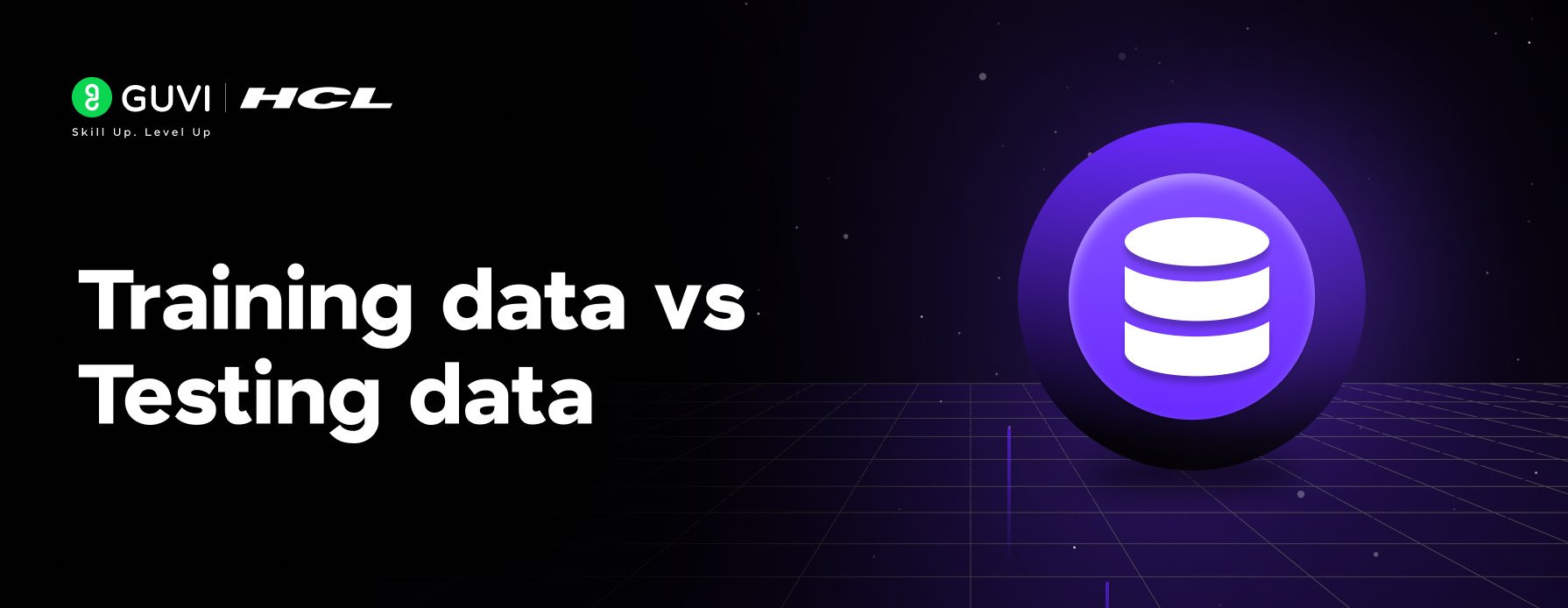






Did you enjoy this article?